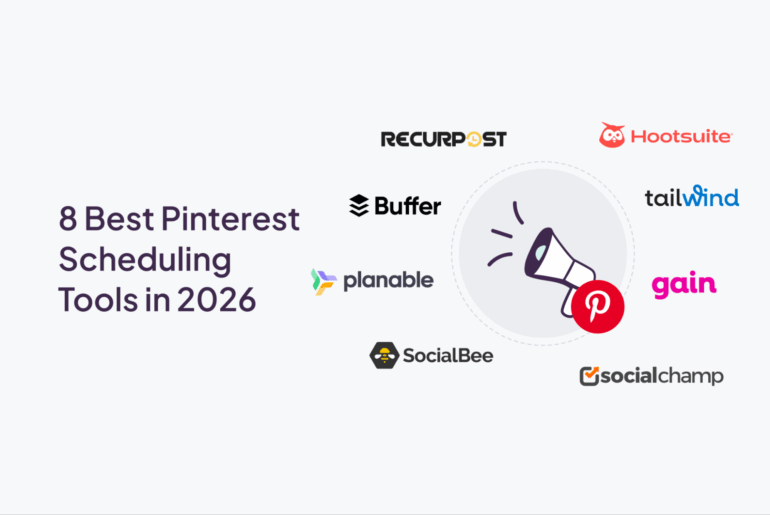If you work in marketing, then you probably either write a blog, contribute to a blog, or help a client promote a blog. You might even do all three.
Blogging is such an integral part of any marketing campaign, and with new easy-to-use platforms, this tactic will likely only grow.
If you’re starting a blog, you might wonder where to host.
Which platform is best to reach my audience? Which platform is easy to use? And especially if you have to give recommendations to clients, this process can be overwhelming.
Here’s a look at the top blogging platforms and their usage facts and figures.
WordPress
WordPress is continually the top blogging platform and a favorite among marketers.
Over 2.5 billion posts have been created using the site. More than 409 million people view a WordPress blog monthly, which totals to over 21.4 billion page views month after month.
The site also receives 70 million new posts and 77 million new comments each month.
The numbers don’t lie. WordPress is an extremely popular blogging tool that marketers love. Plugins make it easy to optimize text and get content on social.
However, WordPress isn’t exactly free. There are hosting costs, theme costs, and some plugins aren’t free either. WordPress also isn’t necessarily for the novice tech person. While it’s extremely user-friendly, other platforms are even easier to navigate. Plus, while the plugins are great to use, they may be built poorly by developers, which means errors on your site.
Medium
Launched in 2012, Medium is a growing site that collects authors on numerous topics.
The site receives over 60 million monthly readers and experiences a 140% year over year visitor increase. Medium users spend a total of 4.5 million hours reading posts each month.
Medium is incredibly easy to use, which is why many brands choose to host their blogs on the site. You can also add posts to a publication, which increases its views. Medium has gotten some push back on its paid features, and now most of the top-performing posts are behind the paywall.
Unlike WordPress, there are no additional features or plugins, so you can’t edit any SEO aspects of your post beyond the post title and description.
Squarespace
There are about two million SquareSpace sites. Users enjoy the fact that everything is included when blogging on this site.
Unlike with WordPress, you don’t need additional plugins for SEO – they’re already there. The site functions with a drag-and-drop feature that makes customization incredibly easy.
If you aren’t quite ready to pay for or develop a WordPress blog, then SquareSpace is a better option.
Tumblr
There are 462.9 million Tumblr blogs and 171.4 billion posts – and these numbers keep rising.
On the site, 69% of users are millennials, and 78% of all traffic access Tumblr on a mobile device. Tumblr has become a great way for marketers to micro-blog or add short updates that can then be boosted on social channels. You have to be careful with Tumblr.
While there are many pros to the site, such as it’s free, indexed, and easy to use, there are cons as well. Users can repost a piece of content (instead of reblogging it), which almost makes it their own. Furthermore, misinformation can spread rapidly on this site.
Wix
Often compared with WordPress, Wix has 3.1 million paid subscribers. The site has 110 million users located in 190 countries, making it a global tool used by many.
Wix has less customizable features than WordPress, but it is arguably much easier to use.
A Wix site for blogging is easier to build than a WordPress site, but again, a WordPress site can be exactly as you want it.
Where should I blog?
There are more options as well, such as Blogger and Ghost, for you to choose from when launching a blog. Deciding where to host can be tricky; however, there are some questions to ask that can narrow down the decision.
A WordPress site, for example, is going to be a bit expensive, so if you don’t have the resources to hire someone or to train yourself, then you might want to keep looking.
If you need help getting your blog in front of an audience, Medium is a great choice. Or, if your blog content is targeting a younger demographic, then Tumblr might work out.
Starting with deciding the blog content and target audience will help make the decision easy.






